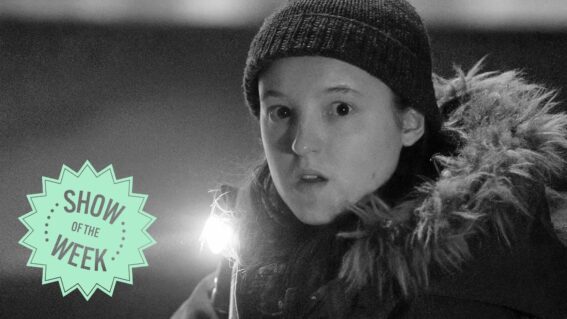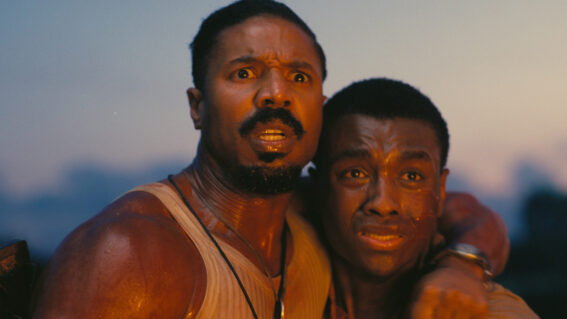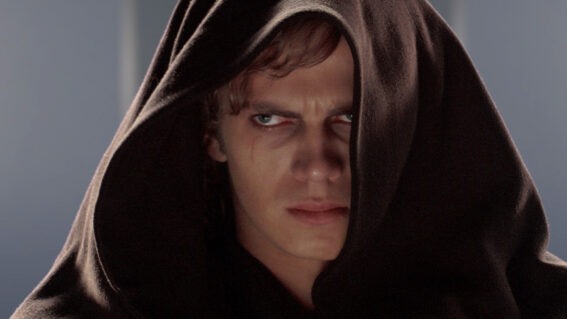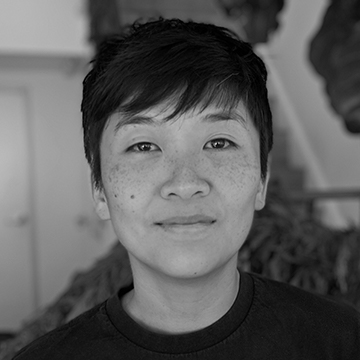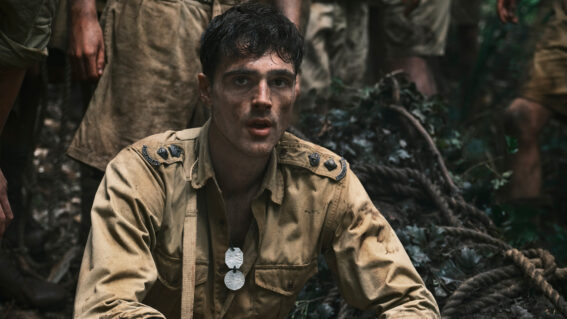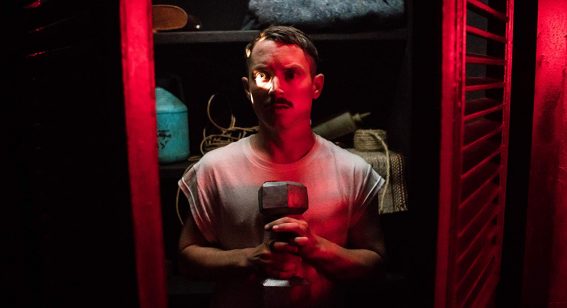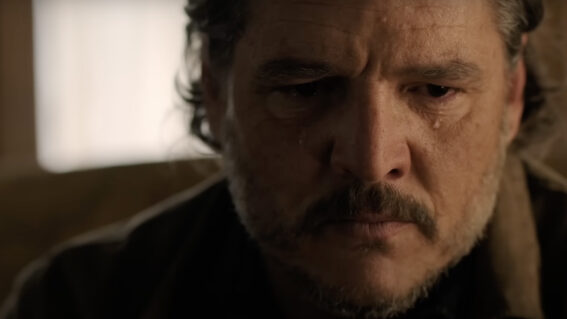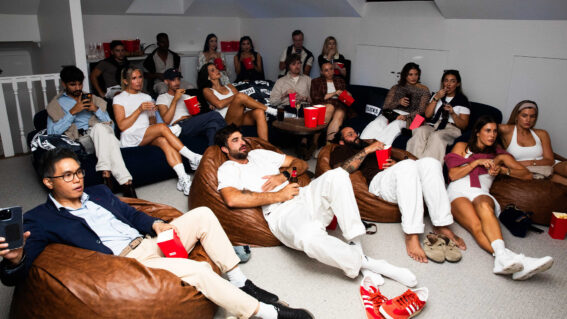Is Pixar’s first original TV series like Rashomon, but for kids?
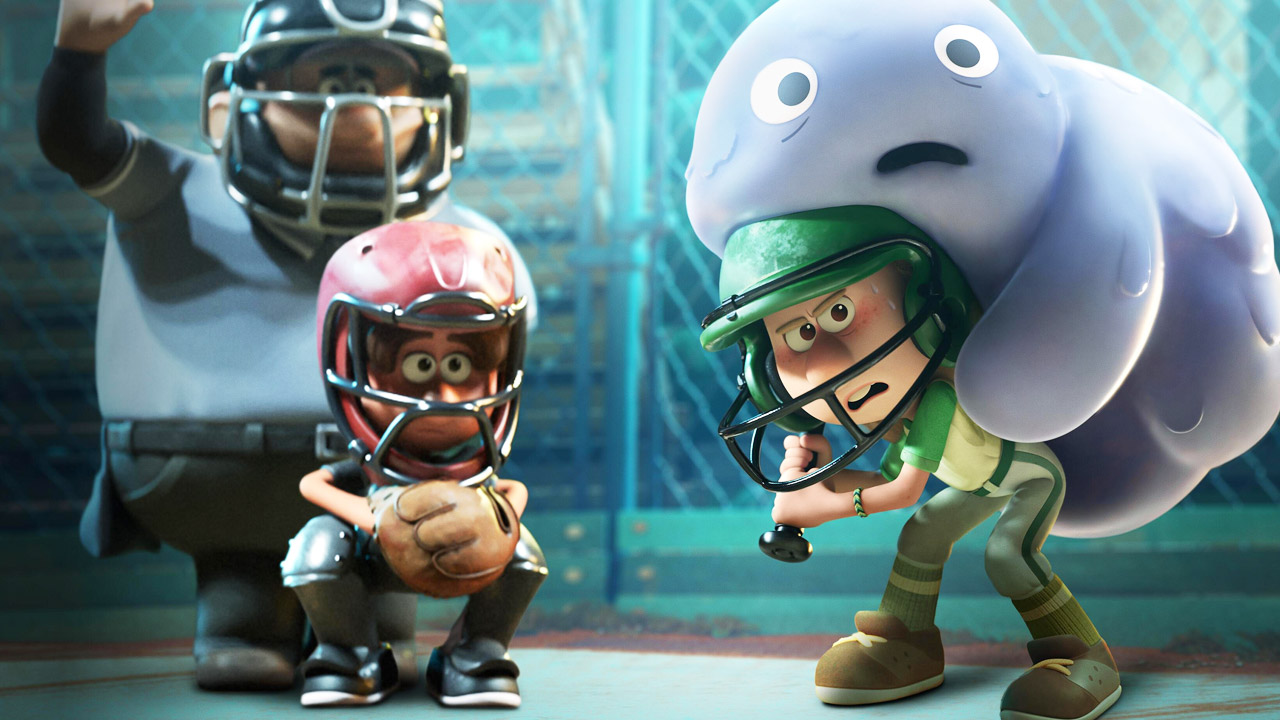
Pixar’s long-awaited first original TV series, Win or Lose, captures the emotional perspectives of various characters associated with a softball team. Luke Buckmaster unpacks its connections to a classic film from Akira Kurosawa.
Is Pixar’s first original TV series, Win or Lose, Rashomon for kids? Akira Kurosawa’s 1950 masterpiece was so influential it disrupted the psychology of motion picture storytelling, creating “The Rashomon effect,” whereby what we see on screen isn’t an expression of objective truth but a projection of one person’s perspective. In that film, we watch a crime relayed from three different points of view; in Win or Lose, each episode is devoted to a different character in the lead up to the event that brings them together—a middle school softball championship.
It’s Rashomon-esque, in that each ep brings contrasting perspectives and interpetations of reality, borne from the protagonist’s outlook and lived experiences. But there’s a fun twist. Each character has a different coping mechanism, and, in the spirit of the Inside Out movies—which personify the emotions of a young girl—these mechanisms take on literal qualities, sometimes literal personalities. They not only pop out and dance around—these cute baubles and playthings of course appealing to young audiences—but alter the form and aesthetic of the series.
The first episode follows 12-year-old Laurie (voice of Rosie Foss), who is the daughter of the coach (Will Forte) and the worst player on the team. She’s so intensely nervous her sweat coagulates into a life-form—resembling a cross between a slug, the Stay Puft Marshmallow Man, and something from a Miyazaki movie—that sticks to her and speaks very slowly. In the second episode, Frank (Josh Thomson), a teacher and league umpire, imagines he’s covered with blue armour, which defends him against the howls and taunts of spectators.
In every instance (at least in the first four episodes—all I’ve seen so far) the characters reach deep inside to deal with external pressures. Others include ace catcher Rochelle (Milan Elizabeth Ray), whose stressed out about her family’s tough pecuniary circumstances, and her mother, Vanessa (Rosa Salazar), a social media addict who wants to be an influencer.
Laurie also prays to god, with pleas such as “I just want to catch a ball, or get a hit.” This could have been a controversial tangent, if the show had treated her religiosity as it does her sticky friend or Frank’s armour, i.e. in the context of imaginary things people cling onto for strength. But Disney have made it clear that this is not a show intended to challenge or provoke, last year controversially removing references to one of the characters being transgender, in effect switching them from trans to cis.
Pushing that aside, and considering Win or Lose for what it is rather than what it could or perhaps should’ve been, the series is enjoyable and quite thoughtfully made, in a pleasantly derivative way: easy to watch but nothing to write home about. There are many ways it could’ve done more with its Rashomonian premise, for instance conjuring distinctly different animation styles for each of the characters (a suggestion that comes in part from me being unmoved by its gloss-lacquered, middle of the road look and texture). This was a great touch in Spider-Man: Into the Spider-Verse—not only weaving in a multiverse of realities, but imagining each one as a form of different aesthetic properties. Left unsaid is everything else that must come with the varying makeup, the building blocks of these worlds: different chemical properties, different biological elements, fluctuations in light, time, space…
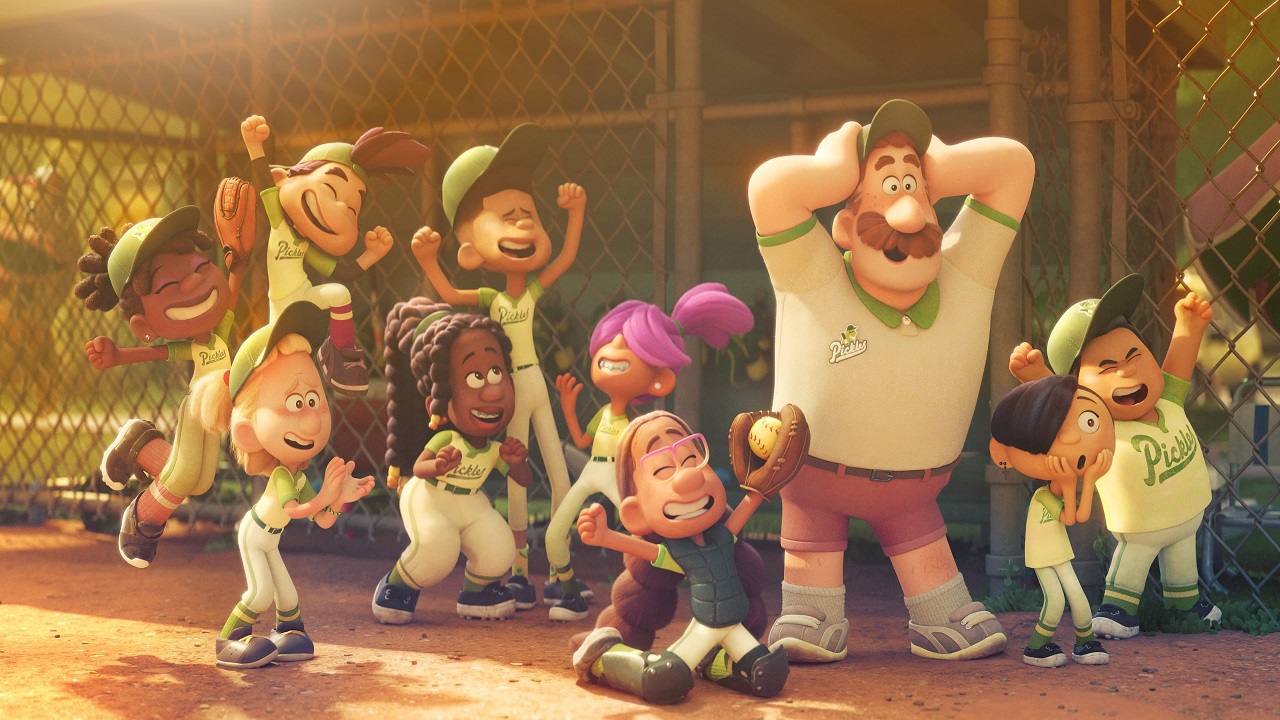
Animation is a perfect stomping ground for imagining other aesthetic worlds, given every illustratation, no matter how basic or complex, begins with constructing another reality. The process of combining contrasting ones, in order to reveal something about the characters and their perceptions, differs from and extends the Rashomon mentality. While Kurosawa is clear that objective truth doesn’t exist, objective reality, in aesthetic terms, is something else. In his film, each character’s version of events still take place within the same aesthetic worlds; it’s their perception and recollection of these events that differs.
Win or Lose leans into colour and bling, and maps the human mind quite simplistically, though it’s not insultingly reductive. The show is at its best when you really feel a magical pyschological space, positioned between the reality of the characters’ worlds and their subjective, bendable perceptions of it; between the inner and outer.



